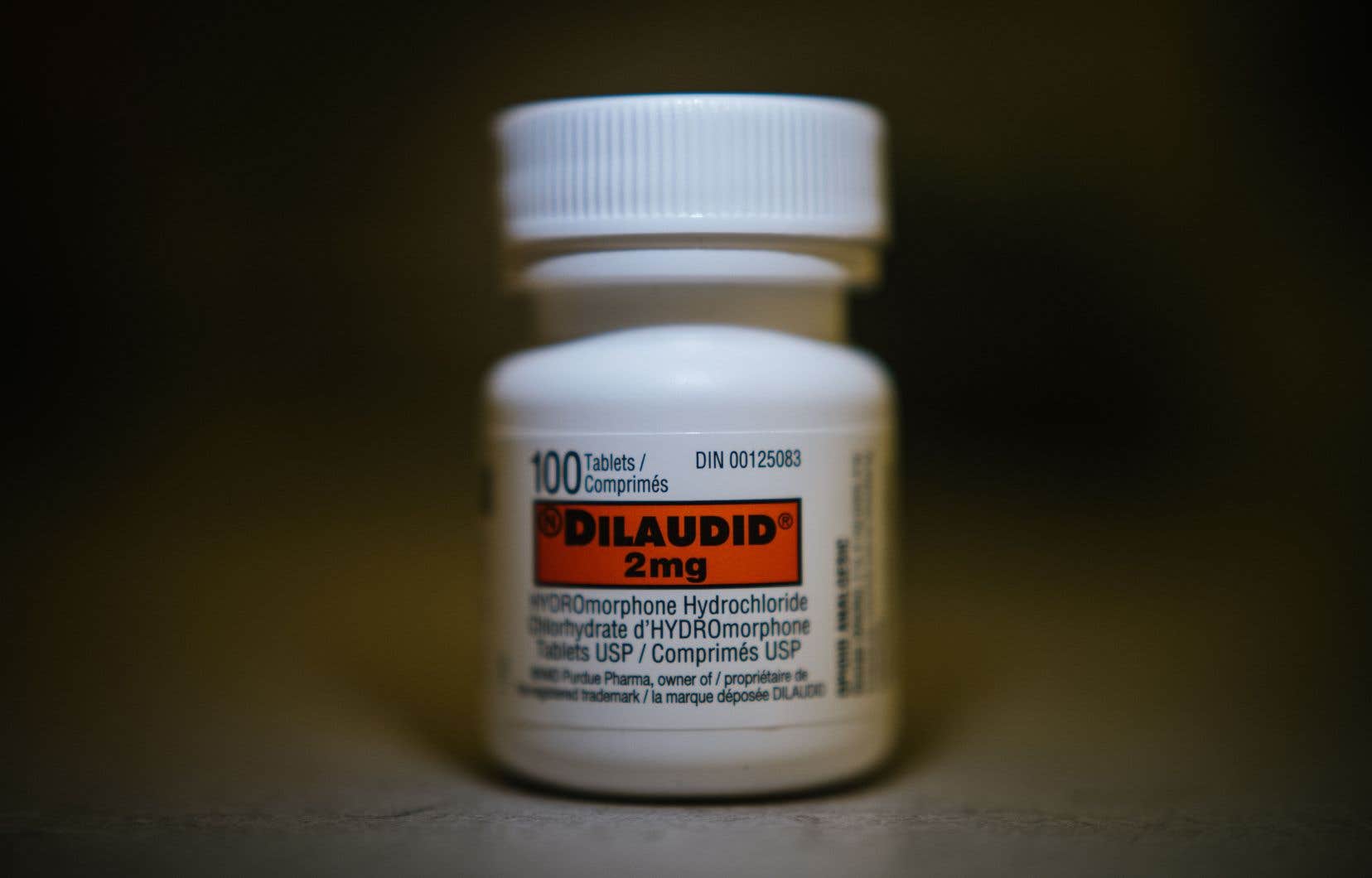Despite a steady decline in opioid prescriptions in recent years, those for Dilaudid have more than doubled since 2010, it was noted The duty by studying the figures from the Régie de l’assurance santé du Québec (RAMQ).
Since 2010, the issuance of prescriptions for hydromorphone — better known by its trade name Dilaudid — has been steadily increasing. Between 2010 and 2023, the number of patients who consume it more than doubled, from 97,000 to 201,000.
Even if we take into consideration the growing number of people benefiting from RAMQ drug insurance, we see that the prevalence of hydromorphone use is increasing, going from a little less than 3% in 2010 to more by 5% in 2023.
It is the only opioid for which we can see an increase in prescriptions. All molecules combined, the number of patients receiving a prescription for opioids increased from 2010 to 2016, then began to decline.
“Hydromorphone has always been the most prescribed opioid in Quebec,” explains pharmacist Philippe De Grandpré. He also believes that several patients have migrated from oxycodone – the famous OxyContin, linked to the Purdue company scandal in the United States – to hydromorphone. “I just feel like oxycodone has such a bad reputation that prescribers have just switched to hydromorphone,” he explains.
In addition, the long-acting version has, since 2012, been considered an exceptional medication and is therefore no longer immediately reimbursed by the RAMQ, while the long-acting version of hydromorphone is still reimbursed.
“However, the decrease in oxycodone use is not as marked as the increase in hydromorphone use. It is therefore not the only factor,” explains Anaïs Lacasse, pharmacoepidemiologist in chronic pain at the University of Quebec in Abitibi-Témiscamingue, who analyzed RAMQ data at the request of the Duty.
She also mentions the aging of the population. “The older we get, the more chronic pain we have. And the more people we have in society who have chronic pain, the more the use of opioids will be significant,” she explains.
Finally, the increase in the use of hydromorphone could be partly attributable to the new safer supply program. This program, established at the start of the pandemic, aims to prevent fatal overdoses among people suffering from opioid use disorder by providing them with pharmaceutical opioids to replace street drugs. It is mainly Dilaudid — in very high doses — that is served to them on a daily basis.
” THE [programme d’approvisionnement plus sécuritaire] possibly increases the number of hydromorphone prescriptions, that’s for sure,” confirms pharmacist Philippe De Grandpré.
